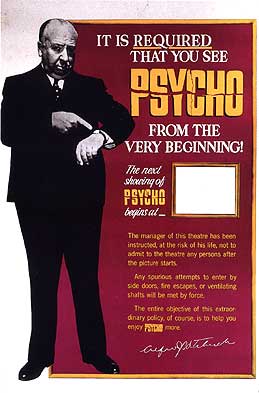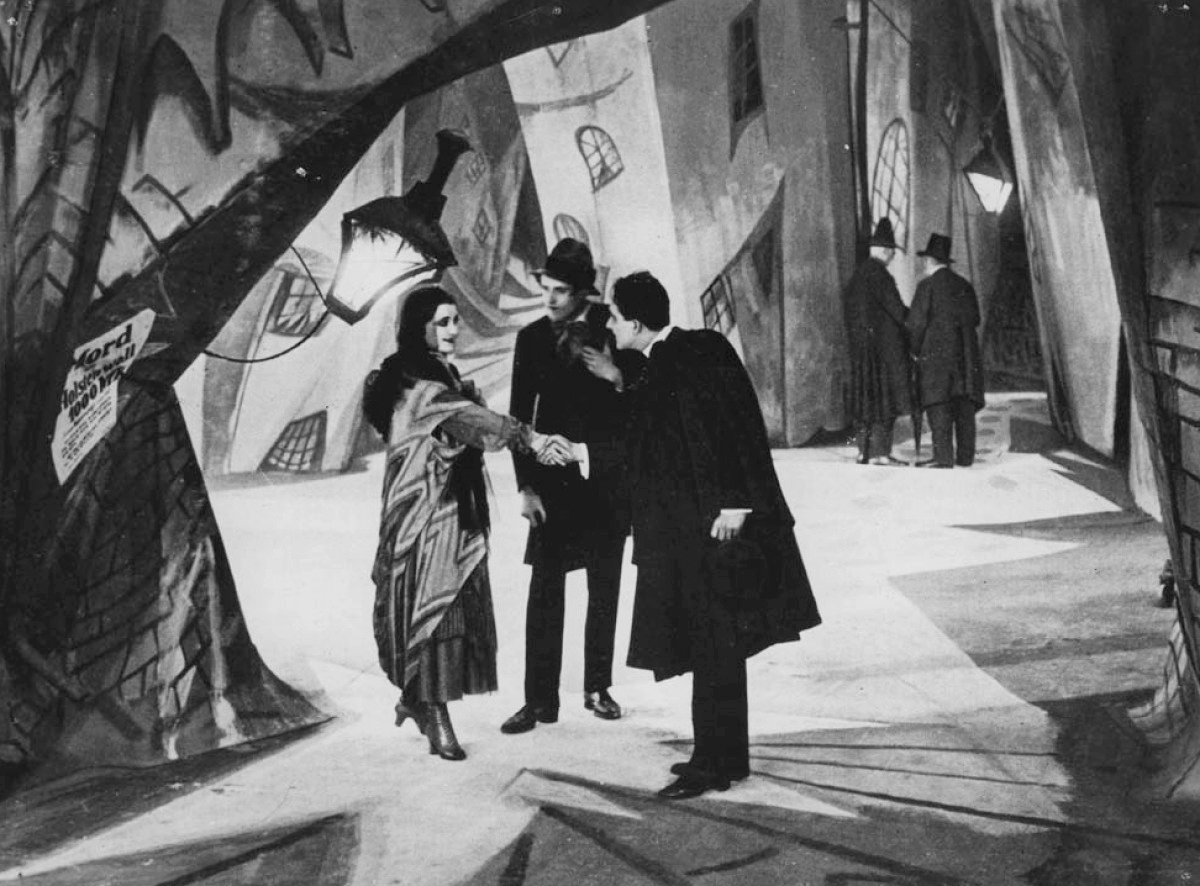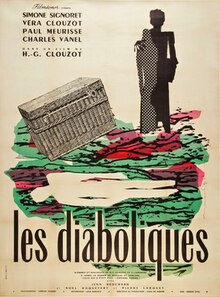Psycho: Socio-Cultural Context
Alfred Hitchcock's Psycho represents the culture of 20th century America. This film serves more as a representation of the progression of cinema as of the 20th century. The new innovations of this era of film included the introduction to sound and even color films. However with these new innovations came repercussions, seen through issues against censorship. Hitchcock daringly fought against these standards through his use of women's lingerie and even using the first American film scene including a flushing toilet. These actions were very bold at the time, causing quite a shock to the initial audience. However, Hitchcock couldn't beat them all, and chose to do the film in black and white for two reasons. One, the budget was aimed to be under $1 million (turned out to cost $800,000), and two, he made the directorial choice because he believed that Psycho in color would be too gory for American cinema at the time.
Hitchcock was a London-born filmmaker, moved to America. "Relying heavily on what he thought of as his intimate knowledge of the British countryside, cityscape, and audience and character psychology, he nevertheless described himself, with great pride, as an American-trained cinematic artist, brought up on the style and production methods of American filmmaking." Hitchcock declares himself as an American filmmaker, although he could be declared a pioneer in stretching the standards for American cinema, with his knowledge of British filmmaking.
Hitchcock's Psycho was seen as an important forerunner to the "slasher" sub-genre of horror. The film's knife-wielding and mentally disturbed killer, twist ending and 'stalking' camera technique proved influential on films to come.







.jpg/215px-Psycho_(1960).jpg)





